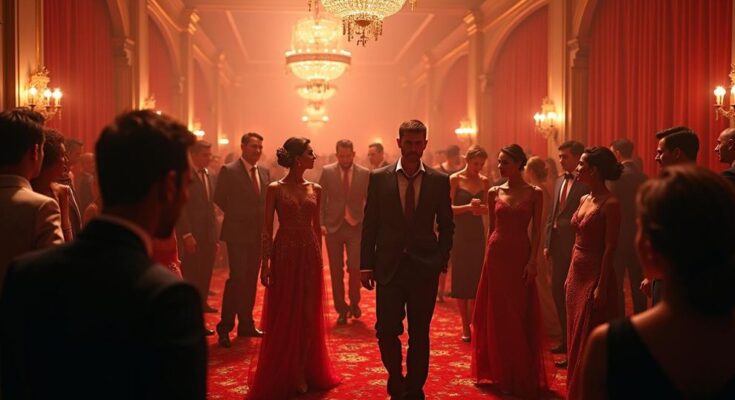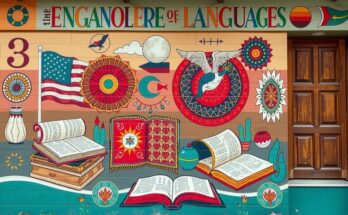Sean Combs’ legendary White Parties epitomized a fusion of hip-hop culture with elite socialites from 1998 to 2009. However, his current legal struggles, including serious charges like trafficking and racketeering, cast a shadow on this once-glamorous history. As discussions swirl around his past, they highlight the contrast between the cultural influence he wielded and the unsettling allegations he now faces.
Sean “Diddy” Combs, once the glamorous host of lavish White Parties that symbolized hip-hop’s ascendancy into elite society, now finds himself ensnared in a web of serious legal troubles. The extravagant celebrations, which spanned from 1998 to 2009, painted a picture of a vibrant cultural tapestry—where A-listers mingled under the stars dressed in dazzling white, all united in revelry. Yet beneath the glint of champagne flutes and the laughter echoing through his high-end soirées lurked ominous allegations outlined in a recent indictment. Facing life in prison over charges of racketeering and sex trafficking, Combs has pleaded not guilty, casting a harsh shadow over the joyful memories of his past gatherings. These parties were designed as a means to mingle hip-hop culture with the upper echelons of society, a dream Combs passionately shared in interviews, aiming to dissolve barriers and elevate cultural connections. With a guest list that blossomed to 1,000, Combs succeeded in drawing in a mixed crowd of celebrities and elite socialites. Guests were required to don white attire, creating a striking visual harmony that captivated the media and fans alike. “Having an entire party all dressed in white was a stunning sight,” remarked Martha Stewart, who attended one of the first events. Paris Hilton echoed the sentiment, describing the party as “iconic and everyone was there.” As time rolled on, these parties morphed into a phenomenon, with events being held across various cities, including Los Angeles and Saint-Tropez, often doubling as fundraising efforts for Combs’ charitable initiatives. They were not just parties; they were cultural landmarks of their time, pulsing with energy and promise. Yet today, as memories resurface alongside more troubling accusations, the duality of Combs’ legacy—one of joyous celebration and sinister undertones—forces a reflection on the impact of fame and the complexities of personal character.
Sean Combs, also known as Diddy, emerging from the 1990s hip-hop scene, made a name for himself not just through music but through creating cultural events that blurred social lines. His White Parties, which ran for over a decade, were celebratory gatherings held in exclusive locations like the Hamptons, where the elite would mingle with hip-hop stars. However, recent legal trouble—stemming from serious criminal charges—has led to a reexamination of his legacy, contrasting his once-glamorous public image with his shocking legal troubles. The festivities represented a significant point in pop culture, signifying Diddy’s ambition to integrate his world with that of the high-profile East Coast elite.
Sean Combs’ White Parties, once a symbol of cultural fusion and celebration of diversity, now exist as bittersweet echoes of a shimmering past shadowed by his current legal hardships. As the glitz fades and allegations loom larger, they compel a reflection on the complexities of celebrity and the hidden truths behind public personas. Combs’ celebration of unity through his famous gatherings now invites scrutiny against the backdrop of serious accusations, challenging the essence of his once-celebrated legacy.
Original Source: www.cnn.com



